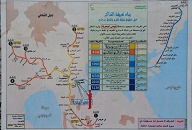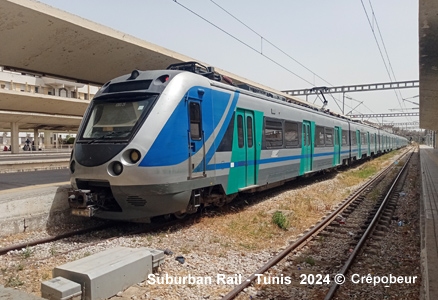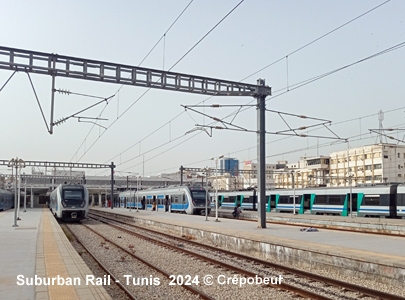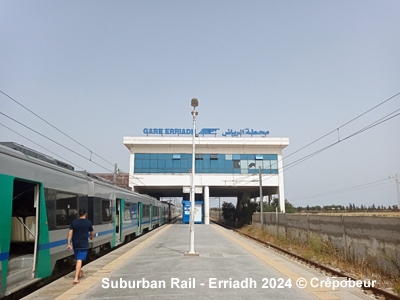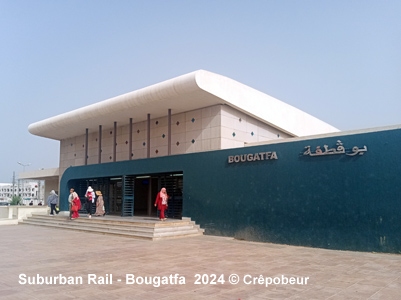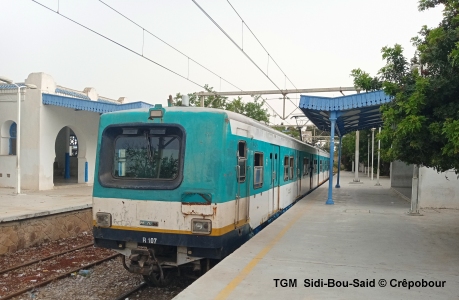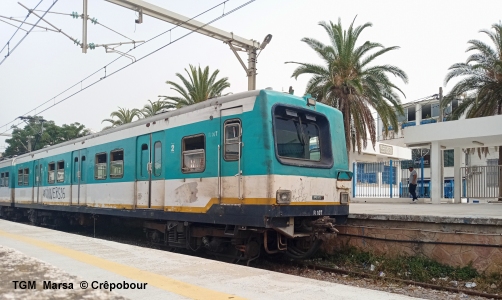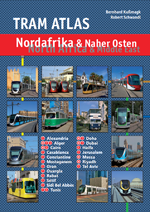|
[ UrbanRail.Net ] [ Europe ] [ Americas ] [ Asia ] [ Africa ] [ Oceania ] [ News ] [ Books ] [ Links ] |
|
TUNIS
|
| Tunisia |
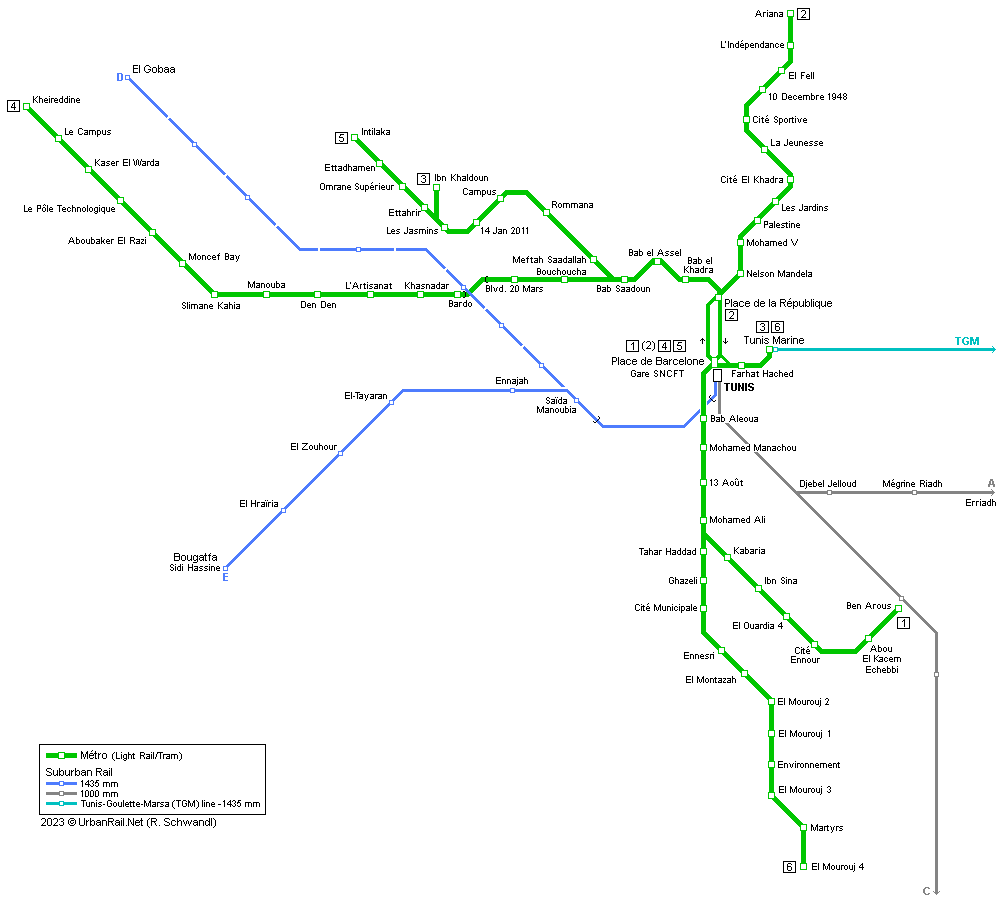
|
System
|
|
|
Tunis is the capital of Tunisia and has some 1.5 million inhabitants. In order to save costs and speed up implementation, a light rail system was chosen instead of an underground metro. After
less than four years of construction, Line 1 opened in 1985. In 1989,
Line 2 was inaugurated between the city centre and the northern districts,
both lines serving the western suburbs were taken into service in
1990. Total length of the network is 30 km. The whole system was built
as a turnkey project by a consortium led by Siemens. In
2008, a 6.8 km southern extension, served by Line 6, was added to
the system. The "Métro Léger de Tunis" intially used bi-directional light rail vehicles which are based on those running on several networks in Germany (Stuttgart, Cologne, etc.). They are prepared for low and high platforms. The 30/60 m long trains run mostly on separate right-of-way with level crossings along the route. Later, the fleet was complemented with typical Alstom low-floor Citadis trams. Power supply is via a 750 V dc overhead wire. Track gauge is 1435 mm. At Tunis Marine, the Métro links to the TGM suburban line and at Place Barcelone transfer is possible to Tunisian State Railways. The metro is operated by Société du Métro Léger de Tunis (SMLT). |
|
| Photos | |
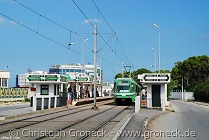
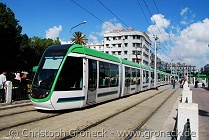
Photos © Christoph Groneck [More] |
|
|
History
|
|
|
|
|
| Réseau Ferroviaire Rapide | |
|
Line A operates from Gare de Tunis to Borj Cedria (Erriadh) in the southeast (23 km) on the existing metre-gauge line; launched in June 2012. Lines
D and E operate on a partly rebuilt and partly new alignment, using
1435 mm gauge: |
|
|
|
|
| TGM | |
|
Suburban railway running from Tunis Marine to Marsa via Goulette and Carthage. |
|
|
|
|
|
Links
|
|
|
Métro Léger de Tunis (TRANSTU) Métro léger de Tunis at Wikipedia.fr RFR (Réseau ferroviaire rapide) at Wikipedia.fr |
Older photos:
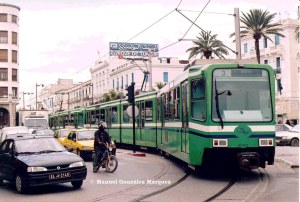
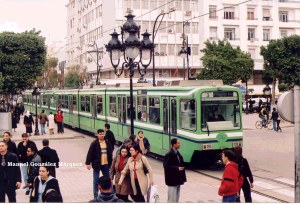
Photos
© Manuel González Márquez
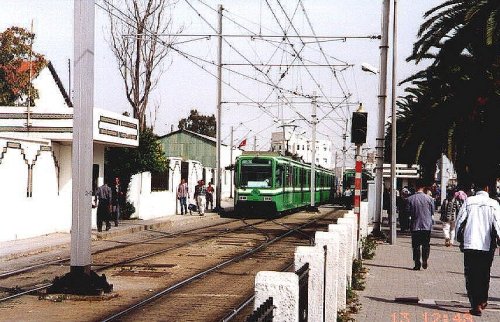
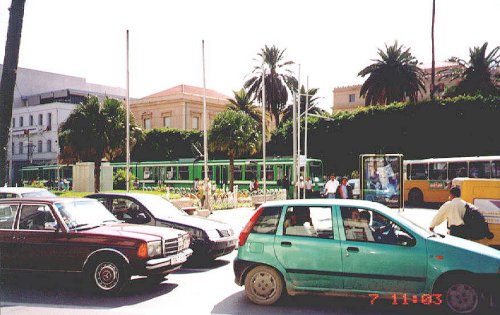
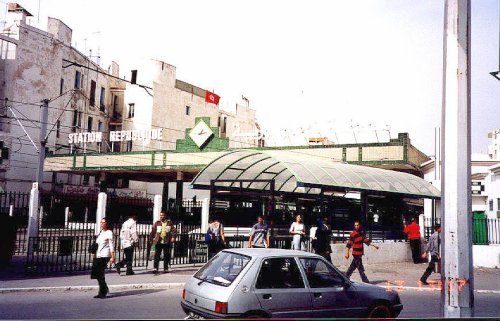
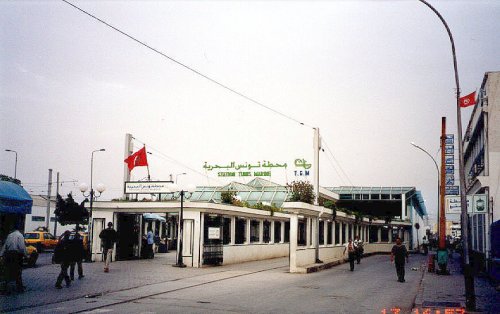

4 pictures 2000 © Dmitriy Dmitriadi
